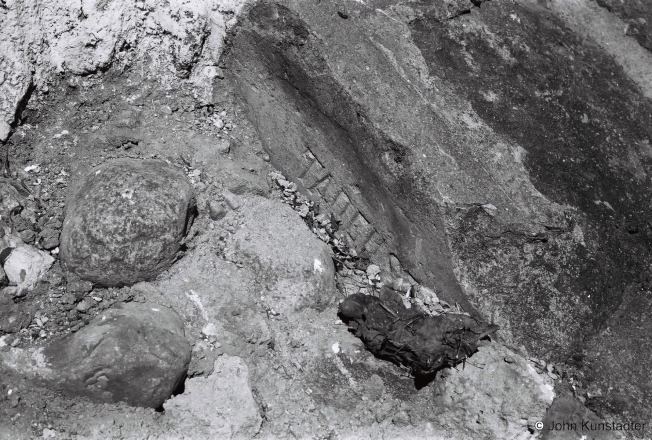Architectural patrimony of Stoubtsy 2018
This tour was offered under the annual celebration of Belarusian Tour Guide Day.
Спадчына г. Стоўбцы 2018 г.
Гэтая экскурсія адбылася ў рамках штогадовага Фэсту экскурсаводаў.
Fragment of plinth of monument to Polish politician/diplomat/author Tadeusz Hołówko (Тадэвуш Галуўка, 1889-1931).
In the political context of the Second Polish Republic’s administration of the heavily-Belarusian and Ukrainian eastern regions (Kresy wschodnie), Tadeusz Hołówko was considered a moderate by Poles. In charge of Poland’s eastern foreign policy 1927-30, he tried to square the circle between Poles who insisted on Polonization of the Belarusian and Ukrainian populations and Belarusians and Ukrainians who insisted on cultural and political, autonomy, indeed independence. He was elected to the Polish parliament in 1930 from the Navahrudak district (western Belarusian lands).
Hołówko’s assassination in 1931 by two Ukrainians from the radical Organization of Ukrainian Nationalists (OUN) caused great shock in Poland. In honoring his memory in the Belarusian lands, in addition to the statue in Stoubtsy, Polish authorities named streets for him in at least Braslau and Njas’vizh. After allying with Hitler to divide up Poland, the occupying Soviet regime erased all signs of public homage to Hołówko.
Фрагмент плінфы помніку польскаму дзеячу/дыпламату/пісьменніку Тадэвушу Галуўку (1889-1931 гг.).
Паміж палякамі Другой Рэчы Паспалітай падыход Галуўкі лічыўся ўмераным наконт палітыкі ў адносінах да беларусаў ды ўкраінцаў ва ўсходніх рэгіёнах („Крэсы ўсходнія“): супраціўляўся польскаму блоку, які настойваў на паланізацыі, выступаў за беларускую й украінскую культурную — і ў пэўнай ступені палітычную — аўтаномію. Між іншым быў сярод польскіх дзеячоў, якія абаранялі Антона Луцкевіча, калі польскія ўлады спрабавалі асудзіць Луцкевіча ў 1929 г.
У 1930 г. Галуўка быў выбраны ў Сойм з Навагрудку.
Забойства Галуўкі ў 1931 г. двума чальцамі ўкраінскага УОН глыбока ўзрушала польскую супольнасьць. Акрамя помніку ў Стоўбцах, польскія ўлады таксама яго імем назвалі вуліцы ў Браславе й Нясьвіжы. Пасьля сумеснай нямецка-савецкай акупацыі Польшчы, савецкія акупацыйныя ўлады сбцерлі ўсе знакі грамадскага шанаваньня да Галуўкі на беларускіх землях.
